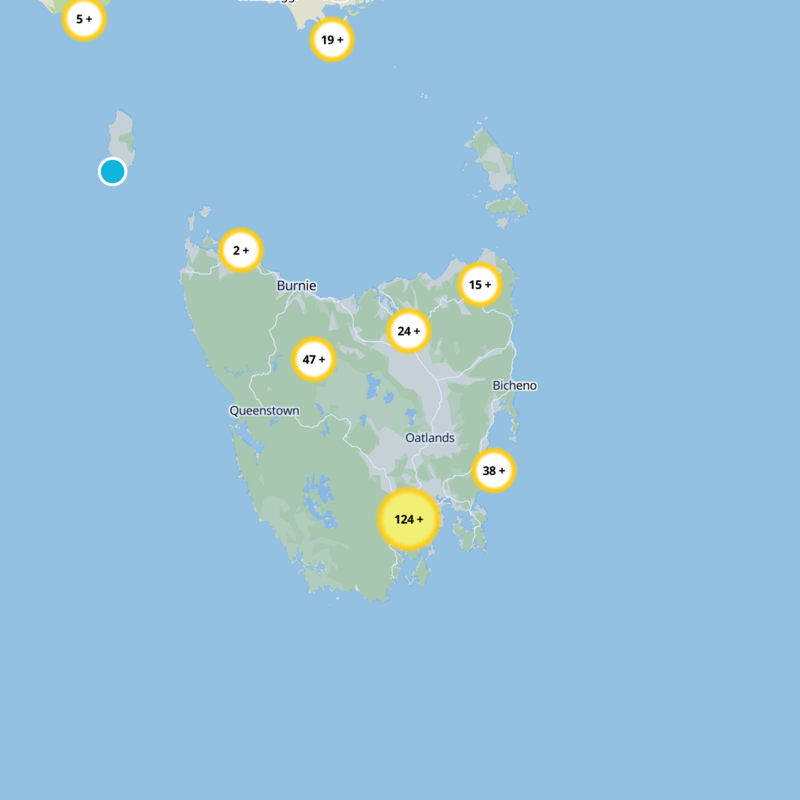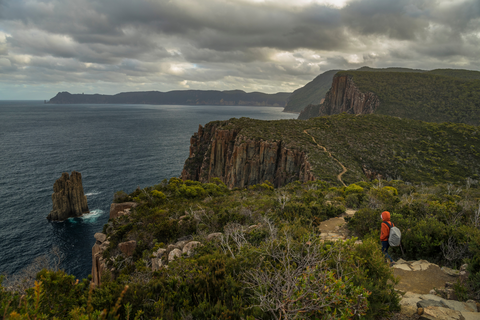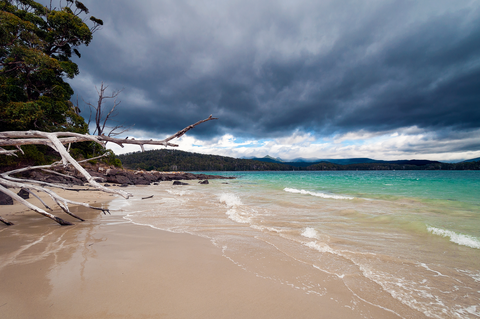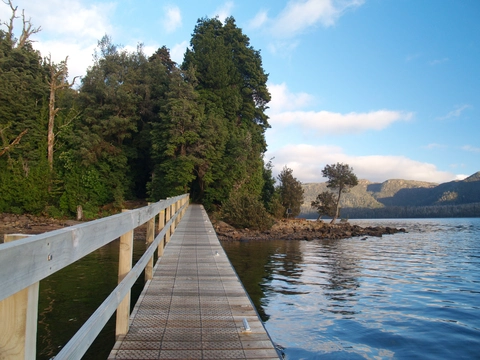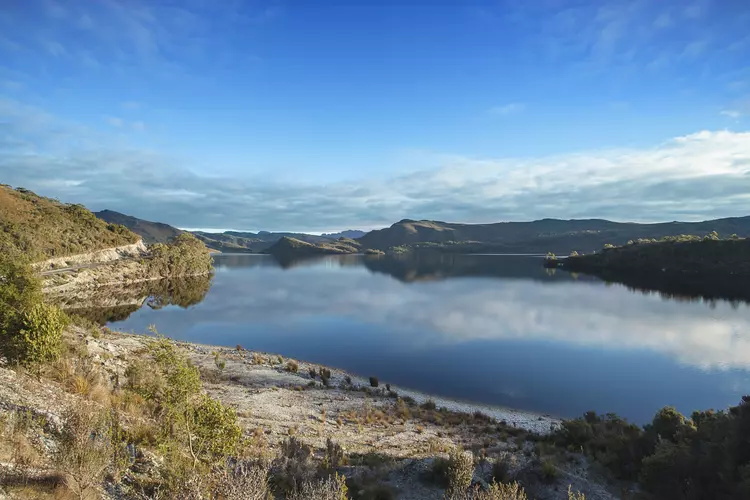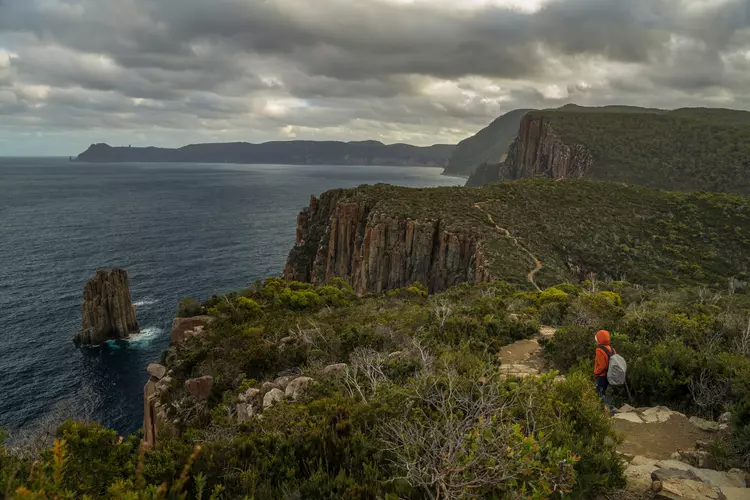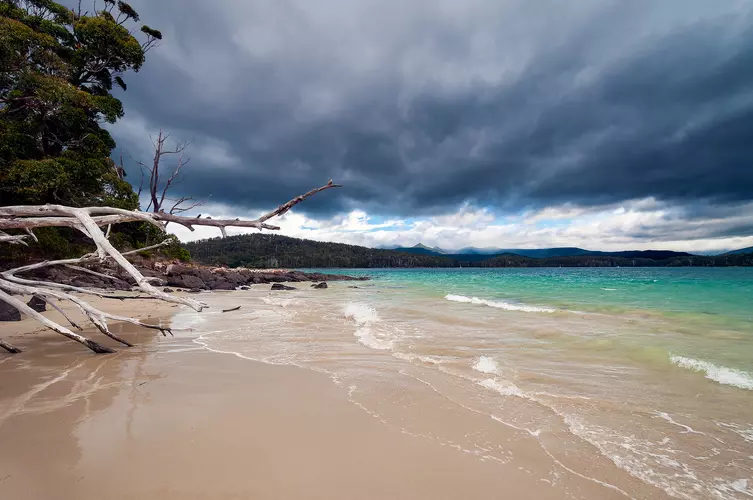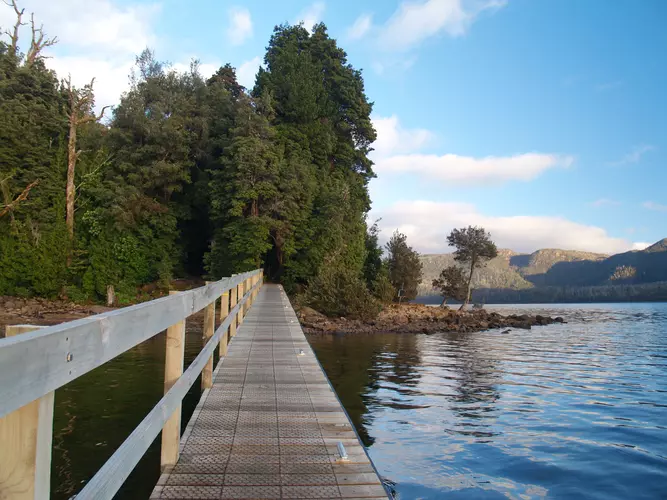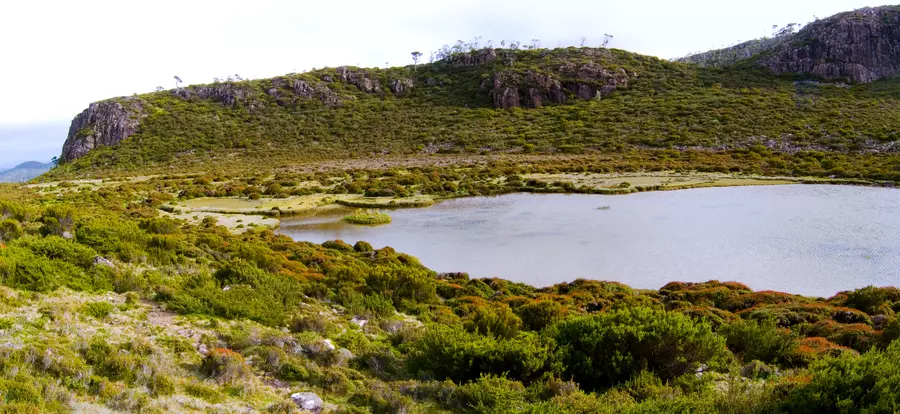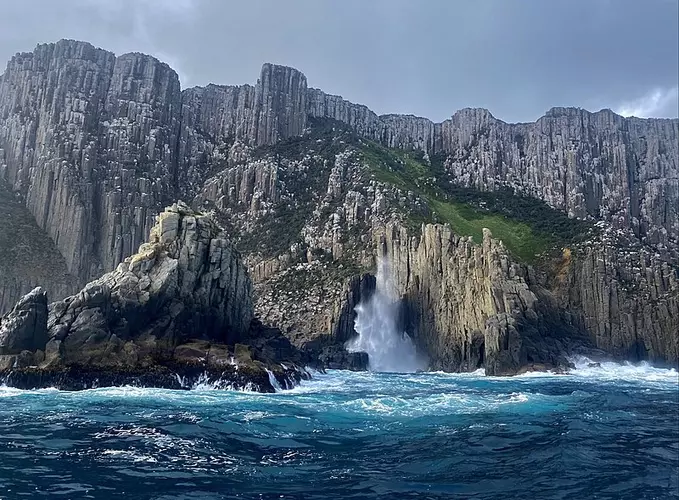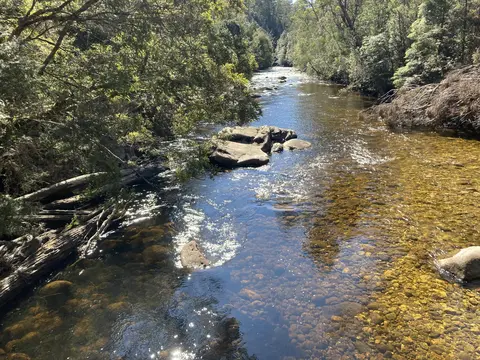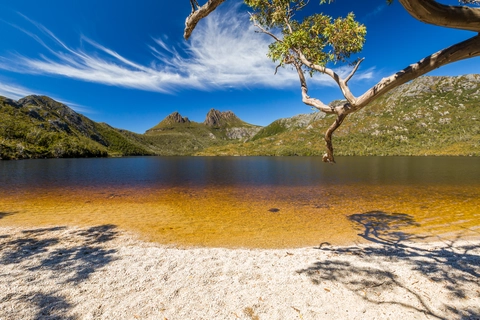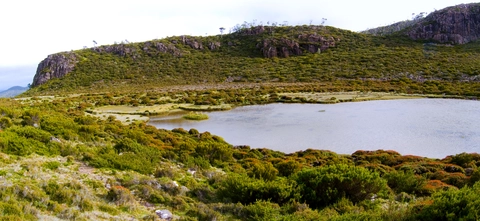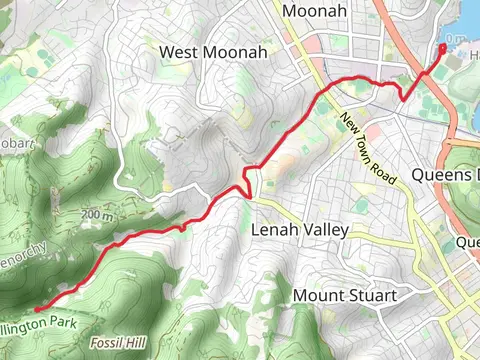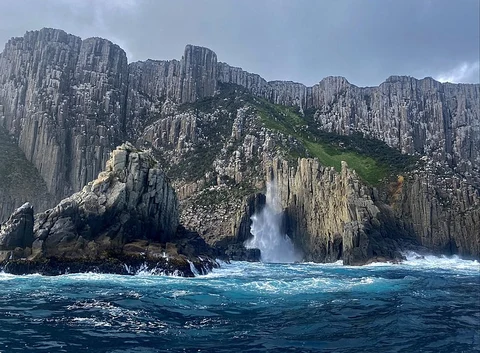"Tasmania enchants hikers with its rugged coastlines, ancient rainforests, majestic peaks, and diverse wildlife."
Tasmania, a hiker's paradise, offers an unparalleled tapestry of rugged coastlines, ancient rainforests, and majestic peaks. Traverse the Overland Track for breathtaking views of Cradle Mountain, or explore the lush Tarkine wilderness, home to the world's oldest trees. Discover hidden waterfalls in the Walls of Jerusalem or the serene beauty of Wineglass Bay. Each trail unveils unique wildlife and stunning vistas, inviting adventurers to immerse themselves in Tasmania's wild, untamed beauty.
Most popular hikes
FAQs about hiking in Tasmania






